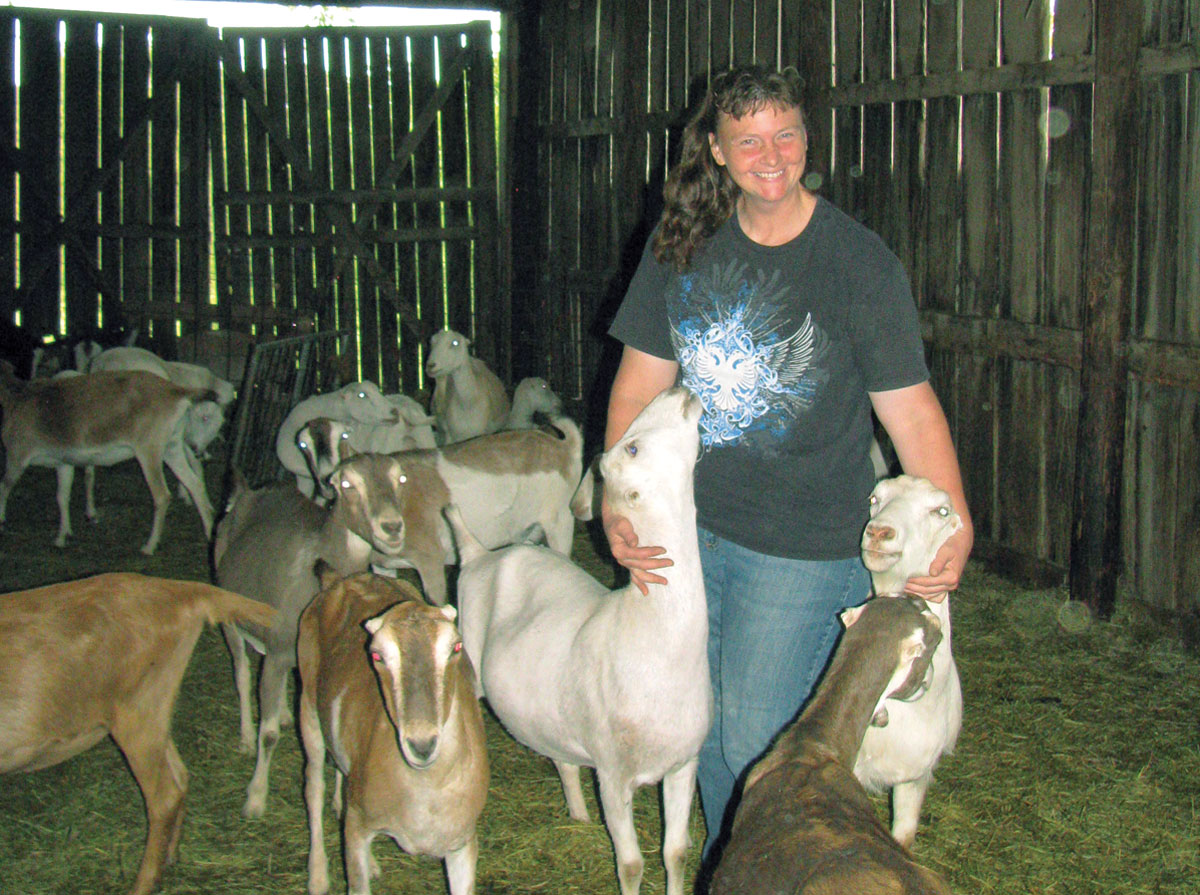Taking steps to maximize productivity in your herd or flock
It’s never too soon to start preparing for the future. This may be especially true now as producers consider what management practices to put in place this fall before the freeze of winter strikes.
For farmers managing sheep or goats, this is the time to plan for breeding season. “The biggest thing about fall is preparing for breeding season,” Jennifer Lutes, agricultural business specialist with the University of Missouri Extension, said. “A lot of our producers breed to lamb or kid in March and April and so they should be gearing up for breeding.”
Fall chores should include steps to get ewes or does ready to breed or flush. This could include incorporating fence lining bucks or rams in order to ramp up the ewes or does reproductive cycles.
Additionally, livestock specialists recommend taking a thorough inventory of the body condition score of the animals. A solid body condition score improves reproductivity and eases the animal through harsh winter conditions.
The fall is also a time to make culling decisions. “This is definitely a time to evaluate and determine who is going to be kept and bred, and who is not; using body condition score, FAMACHA and age,” Lutes added.
Livestock specialists suggest the first step in determining which animals to keep and which to cull is identifying which animals are meeting basic herd or flock criteria. “Really what I like to look at is we cull the obvious first,” Lutes explained. “Anybody who is not sound, anybody who has a poor body condition score and not keeping up with the rest, anybody who has not lambed or kid, or is not getting pregnant.”
Once those standards have been evaluated, it is time to identify the best and worst performers in the herd or flock. A proven method for determining which animals are at the top of the operation and which are at the bottom is to analyze production records.
If producers keep production records throughout the year, then they will have data to help them make additional culling decisions. Production records should monitor an animal’s reproductive and maternal performance.
Producers need to document information such as the number of lambs or kids the ewe or doe has had in the past and her ability to rear her offspring on her own. Additional data to record could include the dam’s lambs’ or kids’ growth rates compared to the others in the flock or herd. “Those are the kind of production records I like to see because when we have that information, then we can keep or cull productive dams that aren’t keeping up with everybody else,” Lutes stated.
During the fall, producers may also want to think about when they plan to sell their animals.
“From a business perspective we are in pretty much the market lows for pricing,” Lutes added. “This is a time of year that people sell their animals and so supply is generally high and demand doesn’t generally keep up this time of year.”
Lutes encourages producers to keep animals at least until January, February or March. If they have the ability to keep their animals through the winter, and wait until April to sell, they will reach the market highs.
According to ag business experts, the market highs for sheep and goats tend to be during the month of April. The market starts to be more positive beginning in December and then it increases until April. “So, if they have the ability to hold these animals and not sell them until December or later, they will actually be on the positive side of the average annual price,” Lutes said.
Producers will want to consider feeding costs through the winter and balance those costs with getting a higher price for their animal closer to spring. The condition of fields and amount of rainfall are important factors that impact selling decisions. “If they have the ability to hold those animals now without it costing them a lot, then it is beneficial,” Lutes said.






